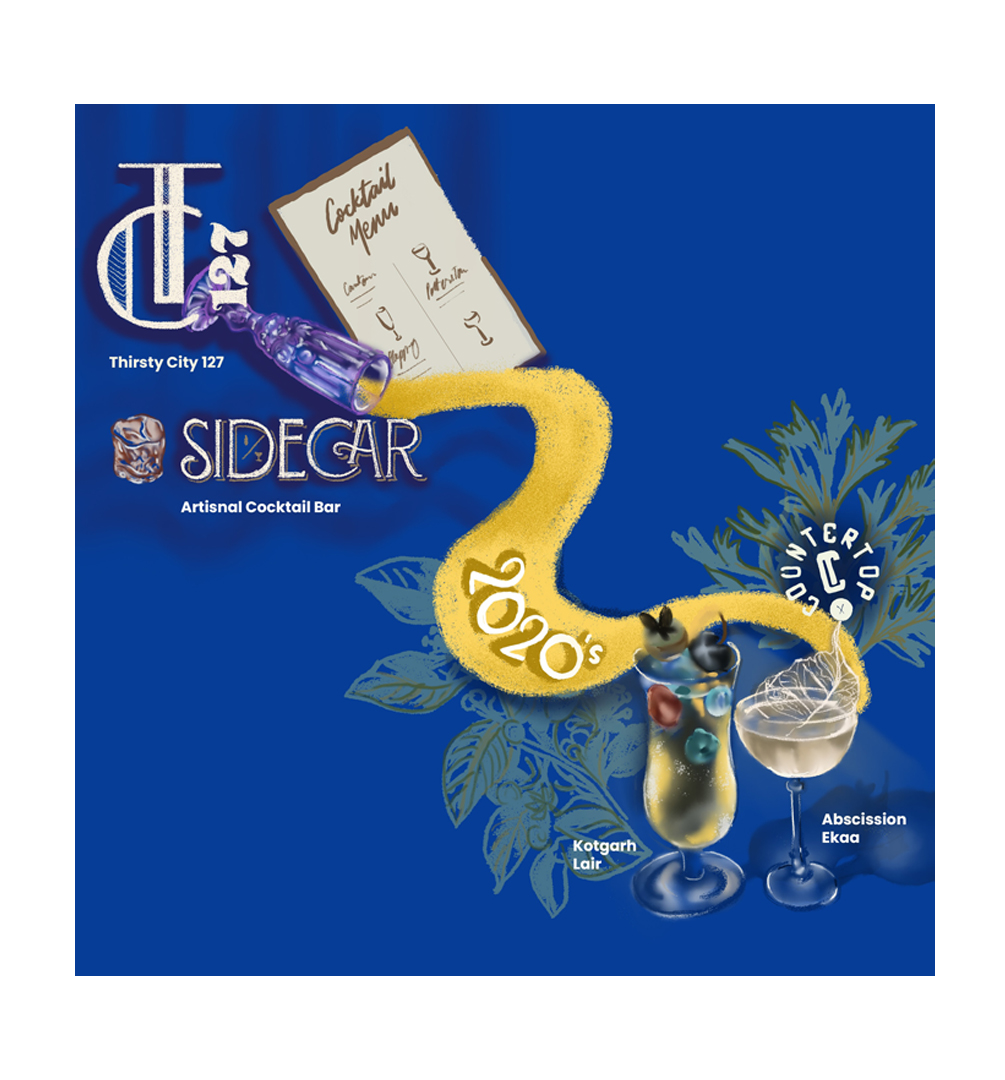
It became evident to cocktail aficionados that bar owners and restaurant owners were prioritising quality and craftsmanship in their products. The term “bar program” began to gain common usage. Lacking internal expertise, many restaurateurs decided to turn to external bar and beverage experts in setting up their bars and venues.
It was around this time, in 2015, when we established a Bar-Back Collective, bringing together industry stalwarts like Vaibhav, Anand Virmani, Arijit Bose, Rohan Jelkie (and myself). We rode the wave of this burgeoning trend, seeing it as an opportunity to create more bars that we would enjoy patronising ourselves. We were involved in setting up several of the top bars in the country today, including Home Bar, Hoots in New Delhi, and a few interesting concepts such as Thirsty City 127, Xico, Uno Mas, etc., a few of which unfortunately shuttered during the pandemic.
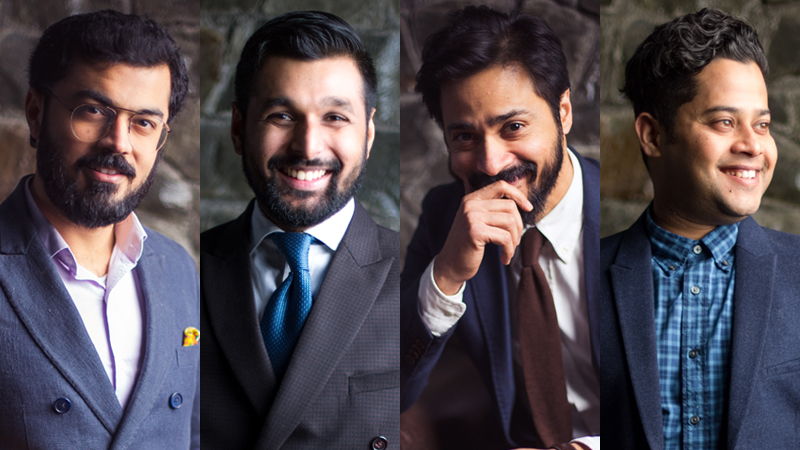
It wasn’t just us. Dimi set up the bar program at The Bombay Canteen, and then helped establish an impressive team at KOKO. Nitin and his team were also creating some interesting bars including together at 12th, ek bar etc. That was not all. Some others who were also pushing the regional bar and beverage scenes – Harinath Shankar in Chennai, Karthik in Bangalore were also pushing the regional bar and beverage stories. While this was happening, alongside, a cookie-cutter model was also taking shape. People were blindly replicating concepts and models similar to the ones they had seen succeed elsewhere. In this case, the cookie-cutter model helped, because it raised the baseline for Indian bars to a whole new level.
We focused on often overseen aspects like glassware. We featured clarified cocktails on every menu, even if it meant increased preparation time. We cut block ice for drinks and implemented other such top practices which became the new baseline for the Indian bar scene. This era truly represented the beginning of the golden age for Indian bars and bartenders.
The big breakthrough came during this time, when Ashish Sharma’s Aer, at Four Seasons Mumbai, was placed on the Asia’s 50 Best List. Even if only a handful of people were familiar with the 50 Best ranking and its significance then, this was the first time an Indian bar had garnered such attention. It was an extraordinary moment, and Ashish captivated the whole country. The Indian bar industry now found something to strive for. I saw it more as validation than anything else; even so, it set a goal of excellence for the scene.
Yangdup’s Sidecar opened its doors in 2018. It was more than just a bar; it was a bartenders’ bar. For the first time, I felt everyone in the industry got behind Sidecar with their maximum support. Perhaps, we understood then that as an industry, if we wanted to grow the bar community in the country, we couldn’t do that by operating in our own silos. The success of Sidecar was the biggest encouragement to fellow bar owners and operators. That’s when everyone understood what we can do together.
Bartenders who had left the country noticed the progress the country had made in the bar world and started returning to India.
It was not just bars, even restaurants started focussing on their beverage offerings. I still remember being awestruck when I first saw the concept menu that The Bombay Canteen had developed, based on the buildings of the bygone era in Mumbai. A concept cocktail menu? It was the first time I had ever seen one in India.
Mumbai’s Masque also had an extremely impressive cocktail program, with techniques inspired by the East taking centre stage. At Americano, chef Alex Sanchez’s message was loud and clear: restaurants can also helm a stunning cocktail program.
Another round for everyone
In November 2020, during the pandemic and after the first lockdown, I moved lock, stock, and barrel to Goa to open a bar. It was then that we launched Tesouro.
Tesouro became one of the most celebrated bars in India, the first one to break into the top 10 at Asia’s 50 Best. Tesouro, to me, played a major role in elevating the overall bar experience. It wasn’t just about the drinks; it was the entire package, with the vibe taking centre stage. Many bars started replicating what Tesouro did for shifts, events, and also incorporating the overall energy into their venues. We even put together a lab because the kind of drinks that we were doing had to be prepped, and we didn’t have the space for it. But today, a lab at the bar is a new norm…
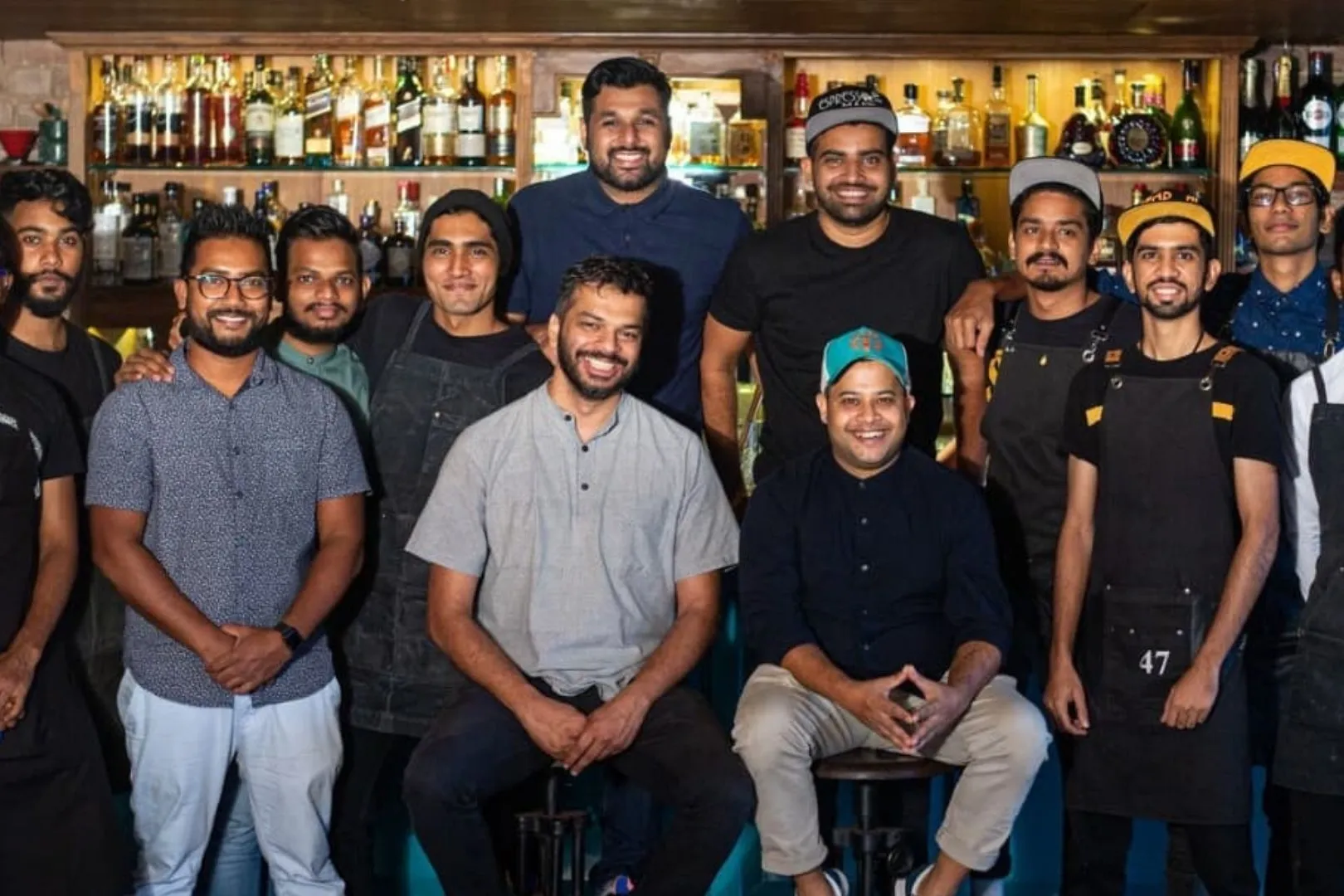
It debuted at Number Four on 2021’s list – not a mean feat for an Indian bar. Interestingly, in that year, India had five bars in the Top 50 list, which in itself was quite an achievement. India was not just another developing country with mediocre bar programs. India was now shining on the global landscape.
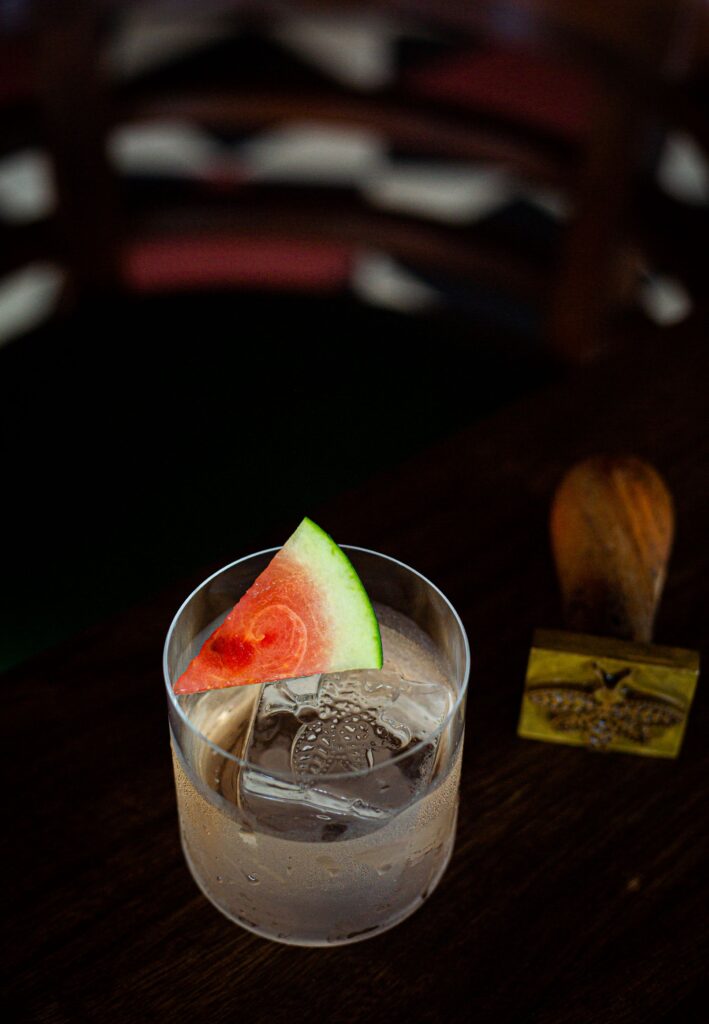
Midnight Brekkie at Tesouro
Reminiscent of Pankaj’s favourite cheat snack – a sandwich with peanut butter on one side and strawberry jam on the other, Midnight Brekkie is an amalgamation of peanut butter-washed gin, strawberry puree, watermelon juice, vermouth, and malic acid.
The pandemic was difficult for many bar owners and operators, but in my opinion, it turned out to be a phase of growth for the Indian bar scene. It was a good time to improve skill sets, to reflect on how we operated, and to overall elevate the baseline for our industry. No one held back. Bars created cocktail mixers for home consumption, restaurants offered takeaways, brands conducted online sessions, and bartenders provided tutorials. Home consumption of alcohol and cocktails skyrocketed because there were no open bars to go to. Consumers were keen to try new drinks and played with recipes at home. Brands, brand ambassadors, and bartenders played a significant role in pushing this trend forward. We all knew that once the pandemic was over, consumer habits would change – they would return to bars feeling more experimental, and demand a taste of something new. The pandemic was the biggest pivot for Indian bar and cocktail culture.

India’s bar scene is now ablaze with innovation. Every bar, whether owned by an operator or investor, is seeking to set itself apart. Gone are the days when conceptual bars were a rarity; they’re now the norm. Bars like Lair in New Delhi, Ekaa in Mumbai, etc., are leading this change from the front.
It’s not just the tier-1 cities that have great bars. It has spread far and wide. Places like Jaipur with Native and Johri and Sons, Cobbler and Crew, and Juju in Pune, and bars like Soka and Spirit Forward in Bangalore are riding this new wave gloriously. This trend of interesting cocktail bars is moving beyond top cities.
Countertop, the company I founded and run, receives regular calls from investors and owners who are eager to create and invest in bar experiences that defy convention. The era of cookie-cutter models is fading into obscurity, making room for a new wave of creativity. In this landscape, novelty isn’t just welcomed; it’s embraced as the pathway to excellence.
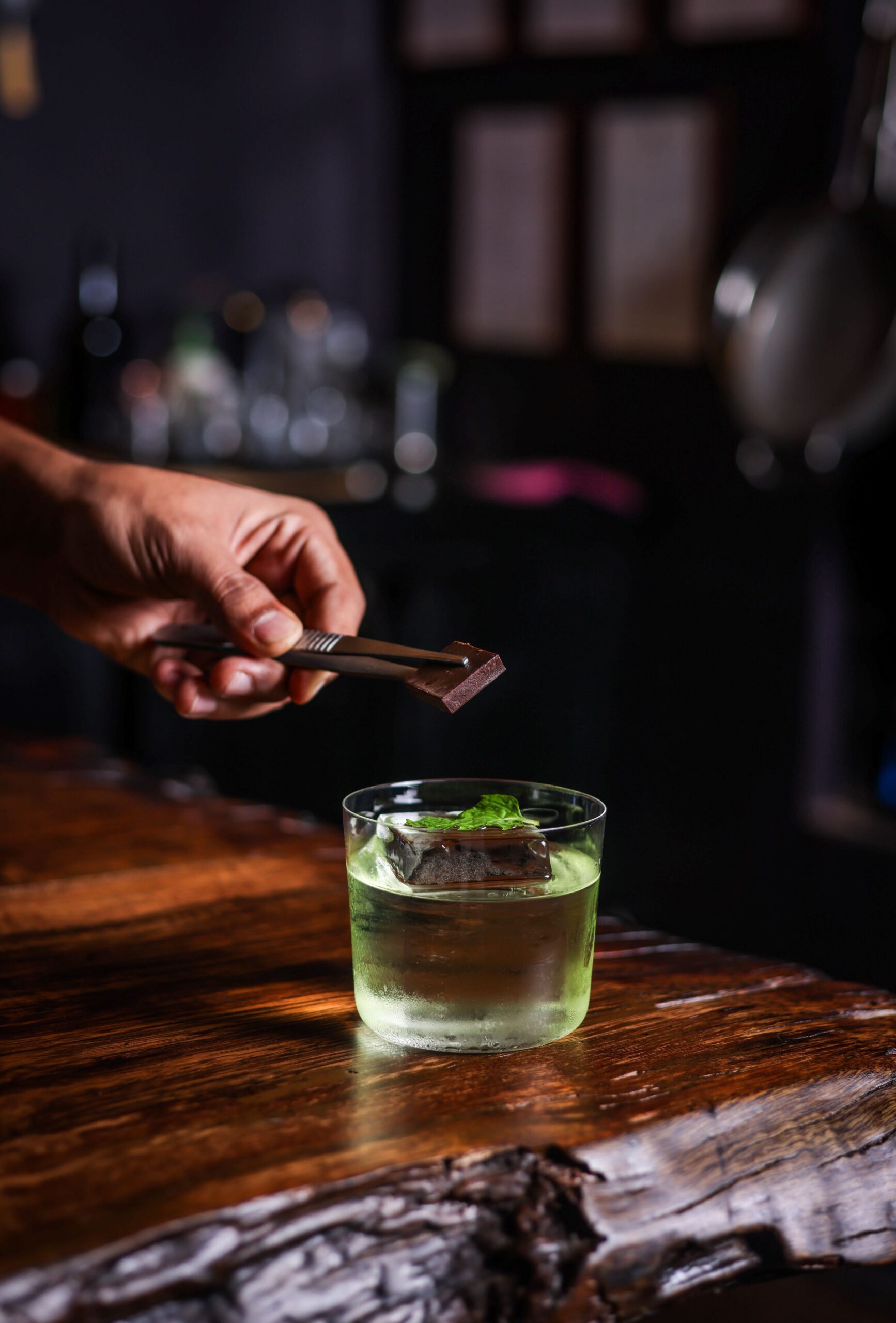
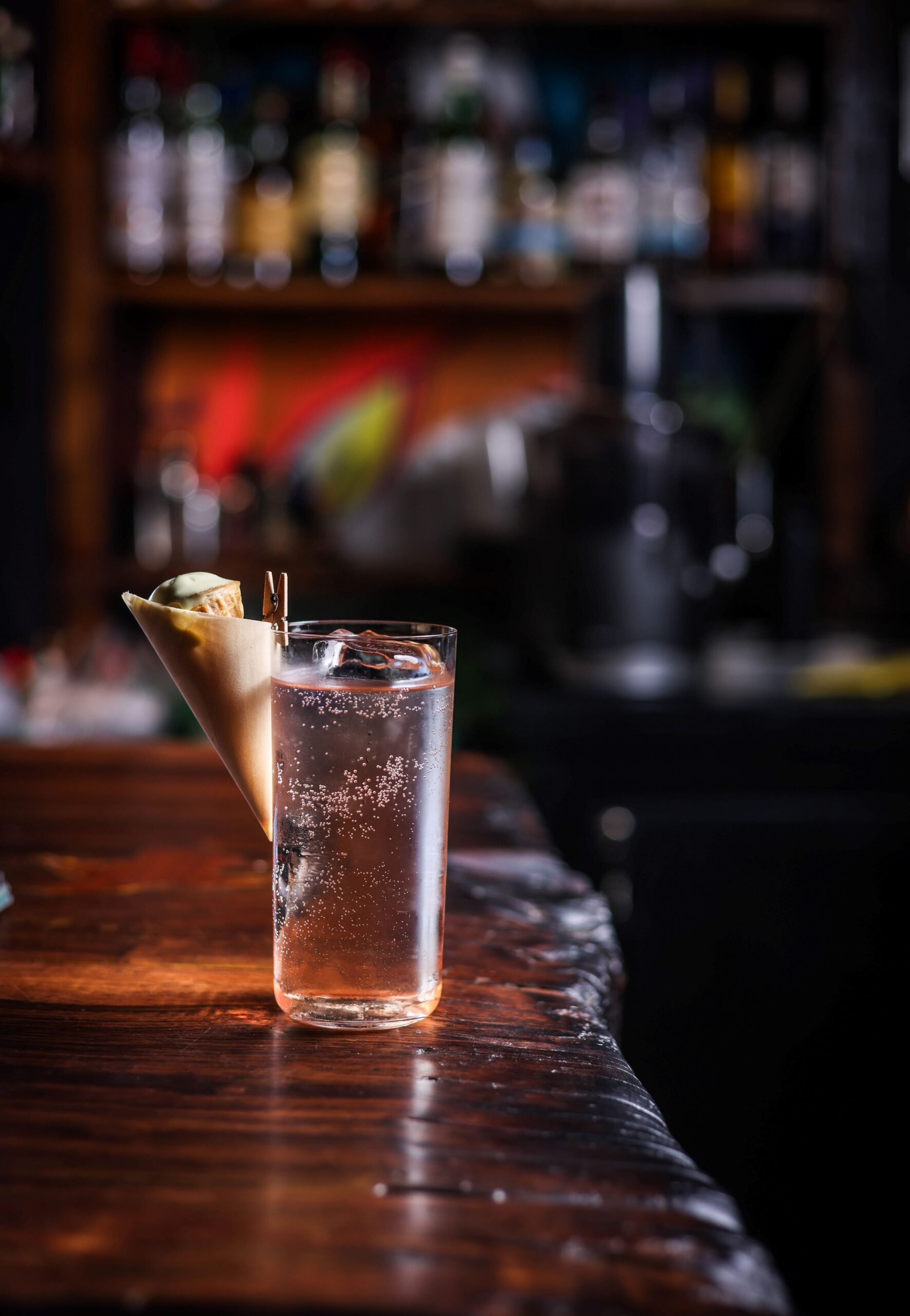
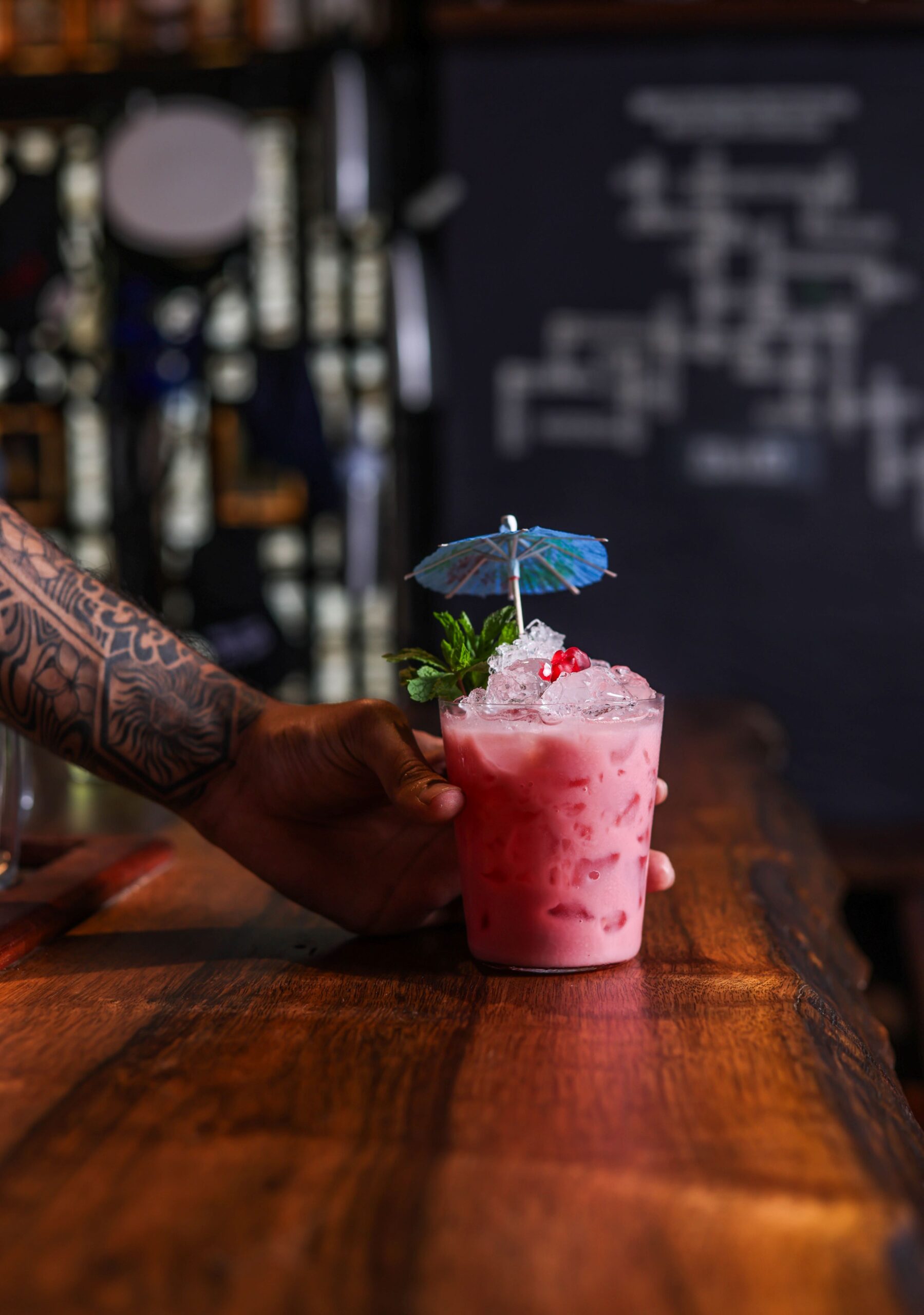
Drinking rooms are moving away from bars to exclusive experiential drinking spaces. The lab that we run, which was meant to be an R&D space, is now becoming a full-fledged experiential drinking venue. Drinkeries and drinking rooms will become a new norm. Consumers are prepped and ready for it, and they want beyond what is next.

We’re living in what I see as the best time for bars and cocktail culture in India. What a beautiful time to be in this industry.

